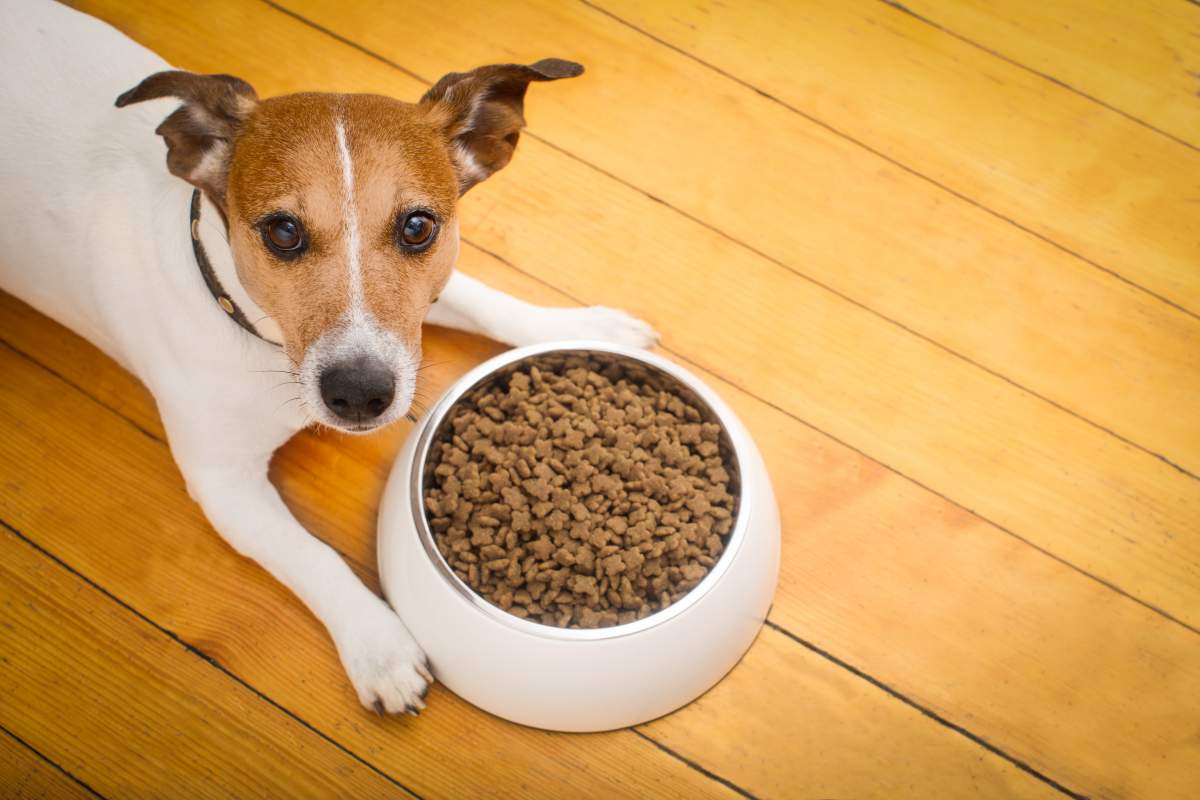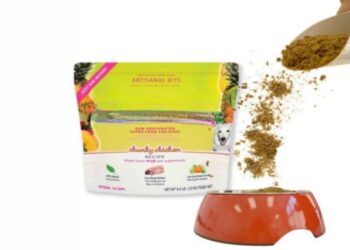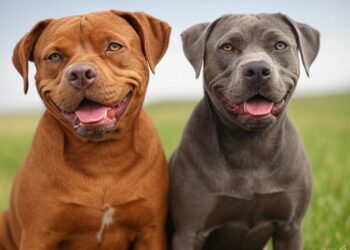Is your dog scratching himself all day long, but is there no flea on his skin? Then it may well be that your dog has an allergy. What are dogs generally allergic to? Which dog food is suitable for dogs with a food allergy? What is the best dog food for allergies? And when is it good to start with this dog food? You can read that on this page.
What are dogs allergic to?
In the top three allergies in dogs, a flea allergy is by far 1. Almost half of all allergies in dogs are flea allergies. Then comes atopy, which is an allergy to dust and other small particles.
15% of allergies in dogs are food allergies. Most of these allergies target a protein.
Cattle in particular is often a source of allergic reactions. Dogs can develop an allergy to a particular ingredient over time. It is therefore not the case that you immediately notice whether your dog is allergic or not when changing diet.
The fact that it takes time (weeks or even months) for a dog to develop an allergy to an ingredient makes it more difficult to diagnose a food allergy. In addition, the complaints associated with a food allergy are quite general. It usually mainly concerns skin complaints.
Dogs get itchy and will scratch or lick excessively as a result. This can cause red spots, bald spots or even wounds. Not a pleasant sight and of course very sad for the dog. However, these types of skin complaints can also have other causes, such as fleas, or simply dry skin.
Reading Suggestion: How Common is Allergy in Dogs?
How does hypoallergenic dog food work?
If you or the vet suspects a food allergy, you can put your dog on a hypoallergenic diet. Hypoallergenic means that the cannot induce an allergic reaction. This sounds a bit too good to be true, so we’ll explain. First, we’ve already mentioned that dogs develop their allergies over time.
This means they cannot be allergic to something they have never eaten. That’s why an exotic protein source such as deer, goat, or even ostrich is often used in the best .

Furthermore, the proteins in hypoallergenic dog food are generally hydrolyzed. This means that they are actually cut into small pieces. This ensures that the protein is absorbed into the dog’s system without causing an allergic reaction.
Also, avoiding grain, especially wheat is common in developing hypoallergenic dog foods. In addition to various protein sources, an allergy to wheat or wheat gluten is also not a rarity in dogs. As a result, you will often find that hypoallergenic and contains other plant-based ingredients instead.
Which food is hypoallergenic dog food?
In our list, you will find different types of dog food that are hypoallergenic. When it comes to brands, you can choose from Purina, royal canin, , and many more. All these have their own focus and philosophy. For example, is a brand that makes many different types of special dog food and food . With such a focus on the health aspect of nutrition, it’s not surprising that they also make good hypoallergenic dog foods. Prins is used by veterinarians as part of some treatments.
Brands such as Riverwood and Profine focus more on the natural aspect of dog food. They try to stay as close to the dog’s natural diet as possible and do this by using a high percentage of meat versus as little grain as possible. In Riverwood, you won’t even find a grain or a potato.
Riverwood dog food is always made with hypoallergenic proteins. In addition, there are a lot of different flavors that you can vary between, should an allergic reaction occur. You can read more about dog food on Pet Rescue Blog.
What’s the Advantage of Grain-Free Dog Food?
We have now mentioned a few times as part of a hypoallergenic diet and of course, it is, if your dog has wheat or gluten allergy. However, grain-free dog food has more benefits than just being hypoallergenic. Dogs are primarily carnivorous by nature and are therefore not built to digest grain properly. It can therefore happen that your dog’s allergy or not develops a problem after eating too much grain. Therefore, it is often a better idea to avoid dog foods with a lot of grain.
Grain does not really add anything to the dog’s food. Because it digests it poorly, it hardly extracts any nutrients. In that sense, grain is primarily a filler, which ensures that the chunks remain neatly together. Wheat is nice and cheap and is therefore mainly used by cheap brands of dog food. Quality brands are increasingly using vegetable products such as peas and lentils instead of grain. These are much easier for a dog to break down and therefore actually add something to its diet.
Whether it is healthy for your dog to switch to grain-free dog food, hypoallergenic dog food, or some type of dog food with a different protein source is something the vet can best decide. If your dog has complaints that indicate a food allergy, we always recommend that you go to the vet before changing your dog’s diet.
Best Dog Food for Allergies
Best Dog Food For Skin Allergies
FAQs about Dog Food for Allergies
What is the best dog food for dogs with allergies?
Grain-free food is best for dogs with food allergies.
Is grain-free dog food better for allergies?
Yes, grain-free food is good for allergies.
Can i give my dog benadryl for food allergies?
Yes, you can
What is the best dog food for food allergies?
Gain-free food is good enough to do with food allergies.









